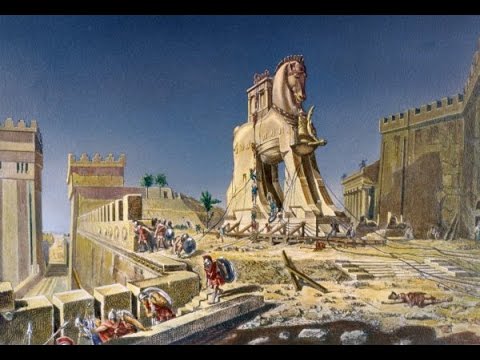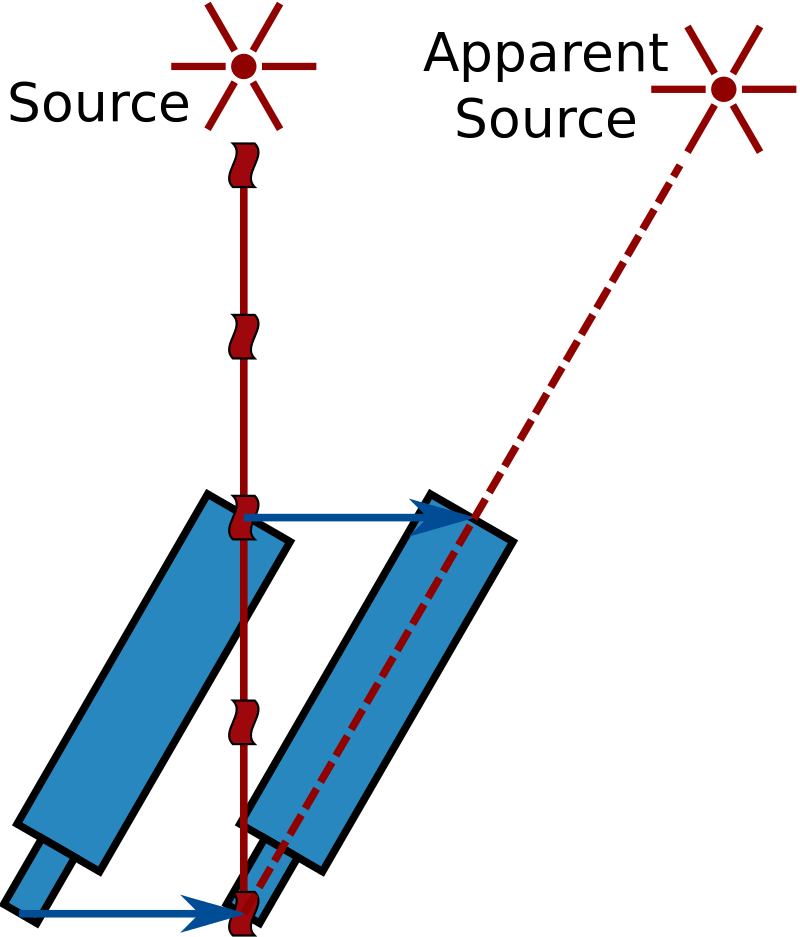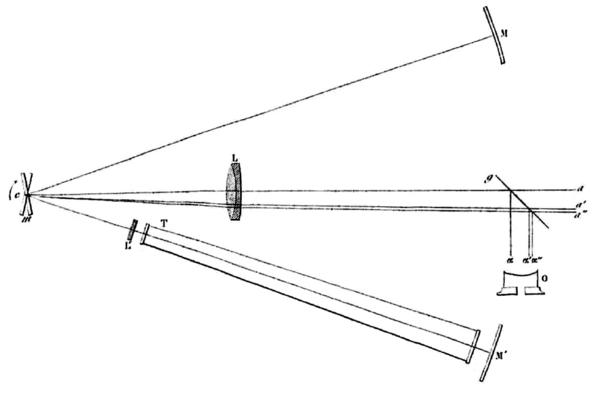Trojan Horse: The wooden subterfuge
Ironically, one of the mythological Universe's most famous animals, the Trojan Horse, wasn't an animal at all. It was, instead, an intricately designed, sturdily constructed, monstrously huge, and completely hollow wooden statue. Shaped like a horse, hence the name, this statue was instrumental in ending the Trojan War, the 10-year conflict between the Greeks and the Trojans. The war began after the Trojan prince, Paris, abducted Helen, wife of Spartan king Menelaus, and brought her to Troy to be his lover. Her capture precipitated the mobilization of a Greek Armada that laid siege to Troy. Over the following decade, the Greeks were unrelenting in their efforts to infiltrate the fortified city, but to no avail. After all, the city's ramparts had been constructed by Apollo and Poseidon and were consequently impregnable. The protracted struggle to invade Troy left most of the Greeks dispirited, especially after the death of their greatest warrior, Achilles. Though they were oath-bound to preserve the sanctity of Menelaus' marriage, many of the Greeks eventually believed their efforts to have been in vain and wished to return home. Realizing that his compatriots were rapidly losing their resolve, Odysseus knew he had to devise a scheme by which the Greeks would finally prevail over the Trojans. Toward this end, he first managed to capture Helenus, the renowned Trojan seer. Helenus was brought before a contingent of strong Greek soldiers who "persuaded" him to explain what conditions would have to be met before the Greeks would defeat the Trojans. Helenus listed four such conditions: (1) Achilles' son, Neoptolemus, would have to fight with the Greeks; (2) a Greek fighter had to be in possession of Heracles' bow and arrow. (Heracles was dead by this time.); (3) One of the bones of Pelops, Agamemnon's grandfather, had to be brought to the battlefield; and, (4) one of the Greeks had to steal the Palladium, an wooden statue depicting Athena in her full battle raiment, from Pergamum, a Trojan citadel. According to Helenus, meeting this last condition was truly essential, but for reasons that he refused to disclose. Lead by Odysseus, a group of Greek warriors brought Neoptolemus to Troy. They then traveled to the island of Lemnos and collected Philoctetes, the Greek soldier to whom Heracles had bequeathed his bow and arrow. Because they had abandoned Philoctetes on Lemnos many years before due to the pungent stench of his unhealed wound, the Greeks had an exceedingly difficult time persuading Philoctetes to join their campaign. Only when Heracles' shade appeared on the island and commanded Philoctetes to cooperate, did he agree to join the Greek campaign. The citizens of Elis, the city in which Pelops had been interred, had learned that the Greek warriors needed one of his bones and gladly sent a shoulder blade. That left only the last condition unfulfilled. Under cover of darkness, Odysseus and Diomedes managed to sneak into Pergamum and spirit away the sacred Palladium. That very might, as Odysseus slept with this Athenian statue under him, Athena appeared to him in a dream and explained how the Greeks could win the war. Odysseus awoke and, like Archimedes streaking through the street of Syracuse, ran about in exultation. Odysseus soon found the artisan Epeius among the troops and said, "We are going to build a horse!" Odysseys and Epeius devoted days to collecting wood and laying out plans for the horse's construction. They then rapidly built an enormous and hollow wooden horse. Once completed, Odysseus and twenty-nine other Greeks, including Epeius, Menelaus, Philoctetes, and Neoptolemus, concealed themselves inside it. One warrior, Sinon, attempted to join them, but Odysseus prevented him from doing so. "Sinon," he said, "you must play another part. As soon as we lock ourselves inside, you must tear your clothes, bloody your face with sharp shells and bruise your body with rocks. Once all this is done, remain outside Troy's walls and..." Odysseus then, for whatever reason, whispered the remaining instructions. As soon as Odysseus finished speaking, Sinon ran off. Odysseus then nodded to the other Greeks before locking himself and the others inside the Trojan Horse. A Trojan sentinel then noticed two sights. First, the head of a large wooden horse well beyond the Trojan gates and, curiously, the sudden withdrawal of all the Greek ships. The sentinel alerted the other Trojans, all of whom watched joyfully as the Greek ships sailed out of sight. Cautiously, a few Trojans wandered outside the gates and approached the gargantuan horse. It was said to have been thirty feet high, ten feet wide and cast a shadow wide enough to darken the entire shore. Although none of them truly knew why the horse had been left, they were all uneasy at the sight of it. Both Cassandra and the seer Laocoon warned their fellow Trojans about this strange horse. As Cassandra's warnings always went unheeded*, nobody listened to her. Laocoon, exasperated at the Trojans' skepticism, hurled a spear at the horse. As the spear became embedded in the horse's side, it produced a deep echo. "It's hollow!" Laocoon exclaimed. Yet, before he could say more, two sea serpents rose out of the ocean and seized his two sons. He rushed forward to their aid and was killed along with them. Though Athena had summoned the creatures forth to silence Laocoon, the Trojans believed that the serpents had been sent to punish him for having desecrated the statue. They had naturally assumed that such a grand statue must have been built to honor an Olympian. Soon, someone found a badly injured Greek just outside the wall. The Trojans questioned him immediately. "My name is Sinon," he told them fearfully. "I have escaped from my fellow Greeks. The goddess was enraged that they stole the Palladium from your citadel and demanded payment. I was to be sacrificed to appease her. However, I fought my way out of their camp and have been hiding ever since. Yet, I overheard their talking. They decided to build a great wooden horse in her honor. They said this horse had to be built so it couldn't fit inside the walls for they knew that it would bring the Trojans victory. They had to place it on the shore so that the sea would be calm for their departure. We offended Athena by taking the Palladium and knew that we could never now win the war." The Trojans were then elated. Not only had the Greeks retreated, but they could now possess a statue that would protect them were the Greeks to ever return. The Trojans rapidly widened their gate and with a great struggle requiring all their men pulled it inside the city. For the first time in ten years, the Trojans celebrated wildly. They drank surfeits of wine, dined on a great feast and danced well into the night for the decade-long siege had finally ended. All the while, the great wooden horse loomed high above them, looking almost life-like in the interplay of shadow and torch light. A couple of hours before dawn, all the revelers dozed soundly. Odysseus opened the hatch located in the horse's stomach and guided the other warriors out. Sinon then hurriedly lit a signal fire to alert the other Greeks who didn't actually retreat, but instead sailed to the far side of Tenedos, a nearby island. By the time dawn arrived, the Greeks had rushed into the city laid it to waste. In the ensuing melees, most of the Trojans perished. Helen was restored to Menelaus, who killed Deiphobus, brother of the slain Paris, who tried to claim Helen for his own after Paris' death. The war was finally over, thanks, in great measure, to the hollow wooden structure now known as the "Trojan Horse." The few surviving Trojans, who never forgot that horse, forever after cautioned the rest of us with the famous warning, "Beware of Greeks bearing gifts."
*Years before, Apollo had offered to give Cassandra prophetic powers in exchange for becoming his lover. She agreed to his terms, but as soon as she received the gift, withheld her affections. The spurned Apollo then cursed her so that her prophecies would always be accurate, but nobody would ever believe them.
THE SOUTHWORTH PLANETARIUM
70 Falmouth Street Portland, Maine 04103
43.6667° N 70.2667° W
Altitude: 10 feet below sea level
Founded January 1970
Julian Date: 24591124.16
2020-2021: XXII
THE DAILY ASTRONOMER
Thursday, October 1, 2020
Remote Planetarium 100 - The Speed of Light
Imagine you possess a laser pointer powerful enough to project a beam around Earth's equator multiple times. In a single second, that beam could wrap around the equator nearly eight times. It could then travel to the Moon and back in less than two and a half seconds. The same light beam would travel eleven million miles in one minute and in approximately eight and a half minutes, could reach the Sun, 93 million miles away. However, the beam would require 4.2 years to reach Proxima Centauri, the closest star to the Sun.
Light, incidentally, travels at 186,290 miles per second. Or precisely, 299,792.458 meters per second. That metric value is exact because the meter is defined as the distance a light beam travels in 1/299,792,458 of a second.
How did humans determine this value? Light speed, as we learned this week, is the maximum attainable velocity.
In 1638, Galileo Galilei (1564-1642) tried to measure the speed of light. He had two assistants, each holding a shielded lantern, stand on hilltops about three miles apart. The first assistant was instructed to open his lantern. The second assistant was then required to open his own lantern as soon as he saw light from the first one. Galileo tried to time the period that had elapsed between the moment the first assistant opened his lamp and the time when the first assistant saw the light from the second assistant. As he lacked a time piece, Galileo had to measure it in terms of "pulse beats" he felt on his own wrist. After a few attempts, Galileo found he could not measure that value. We correctly ascribed the delay between the exposure of the first light and the arrival of the second to human reaction times. He concluded that the speed of light was either infinite or too fast to be measured by conventional means.
In 1676, Danish astronomer Ole Roemer (1644-1710) determined that the speed of light is finite by analyzing observations of Jupiter's Galilean Moons.* While working as an assistant to Italian astronomer Giovanni Cassini (1625-1712), Roemer noticed that the timing between successive eclipses of one of these moons, particularly Io, was shorter when Jupiter was close to Earth and longer when Jupiter was farther away.
Ole Roemer (1644-1710)
Roemer correctly ascribed this discrepancy to the travel time of light. When Jupiter is at a greater distance from Earth, the light reflected from its moons requires more time to reach us, hence the longer apparent time separating successive eclipses. He continued to observe these moons over a few years and compared them to the different positions of Earth's orbit. Based on these observations, his contemporary Christian Huygens (1629-1695) calculated light speed to have been approximately 131,000 miles per second, an extraordinary, but inaccurate, value.
In 1729, astronomer James Bradley (1692-1762), derived a more accurate estimate of light speed by observations of stellar aberration. This aberration causes a displacement of a light source as a consequence of the observer's motion. One can think analogously of a jogger and a stationary person in a rainstorm. The rain drops strike the jogger at a different angle than they hit the stationary person. The faster the jogger runs, the greater the difference between the raindrop angle for the jogger and the stationary angle becomes.
Stellar aberration occurs because Earth is moving through space. The starlight, which moves at light speed, is slightly displaced from its true position because of Earth's motion. Bradley was able to measure this small displacement (20.5 arc-seconds) and calculate light speed as a ratio of Earth's orbital velocity. Based on these estimations, Bradley estimated that light required about 8 minutes, 12 seconds to travel from the Sun to Earth.
Once the separation distance between Earth and the Sun was established following analysis of the Venusian transits (1761, 17679),** James Bradey's estimation was found to be within 0.4% of today's accepted light speed value.
In 1862, Jean Foucault (1819-1868), modified an apparatus earlier developed by Hippolyte Fizeau (1819-1896). This apparatus deflected beams around a rotating mirror assembly. Simply, by measuring the beam distance and then the beam deflection along the rotating mirror, Foucault could ascertain a light speed value.
The image above shows a simplified schematic of Jean Foucault's rotating mirror experiment, by which he estimated light speed to within 0.6% of today's accepted value. In 1926, the same Albert Michelson who was involved in the famous Michelson-Morley experiment, developed his own rotating mirror system and calculated the speed of light to within a margin of 12 parts per million.
Further experiments involving electromagnetic radiation and laser interferometry followed. In 1983, the 17th General Conference on Weights and Measures defined light speed precisely by establishing the meter's length as being the distance that light travels in in 1/299,792,458 of a second.
Humanity has come a long way in light speed estimation since the age of Galileo's pulse beats.
*Yes, as we might recall, Galileo discovered Jupiter's four largest moons, Ganymede, Europa, Io and Callisto in 1609/1610. The four moons are now known collectively as the "Galileans."
**Expeditions were launched all over the world to observe both the 1761 and 1769 transits of Venus. These observations, combined with a great deal of trigonometry, enabled astronomers to determine the astronomical unit's value. This value, combined with the light time measurement between the Sun and Earth yielded Bradley's light speed value.
To subscribe or unsubscribe from the Daily Astronomer:



